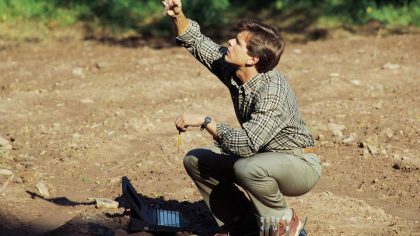Data and AI Ethics Council, guarantor of responsible AI at Orange
• Orange has been committed to implementing responsible and ethical AI for many years.
• The Group’s action in this area is embodied and supported by the Data and AI Ethics Council, made up of independent figures, lawyers, academics etc.
• Customer relations roles, Computer Vision offerings etc.: The achievements and progress enabled by the Council support the value creation strategy. Ethical validation is a guarantee of quality.
Read the article
• The Group’s action in this area is embodied and supported by the Data and AI Ethics Council, made up of independent figures, lawyers, academics etc.
• Customer relations roles, Computer Vision offerings etc.: The achievements and progress enabled by the Council support the value creation strategy. Ethical validation is a guarantee of quality.



Geology, geoarchaeology, forensic science: AI reveals history in grains of sand
Read the article
Collective self-consumption of energy: Building renewable, local, and shared energy
Read the article


